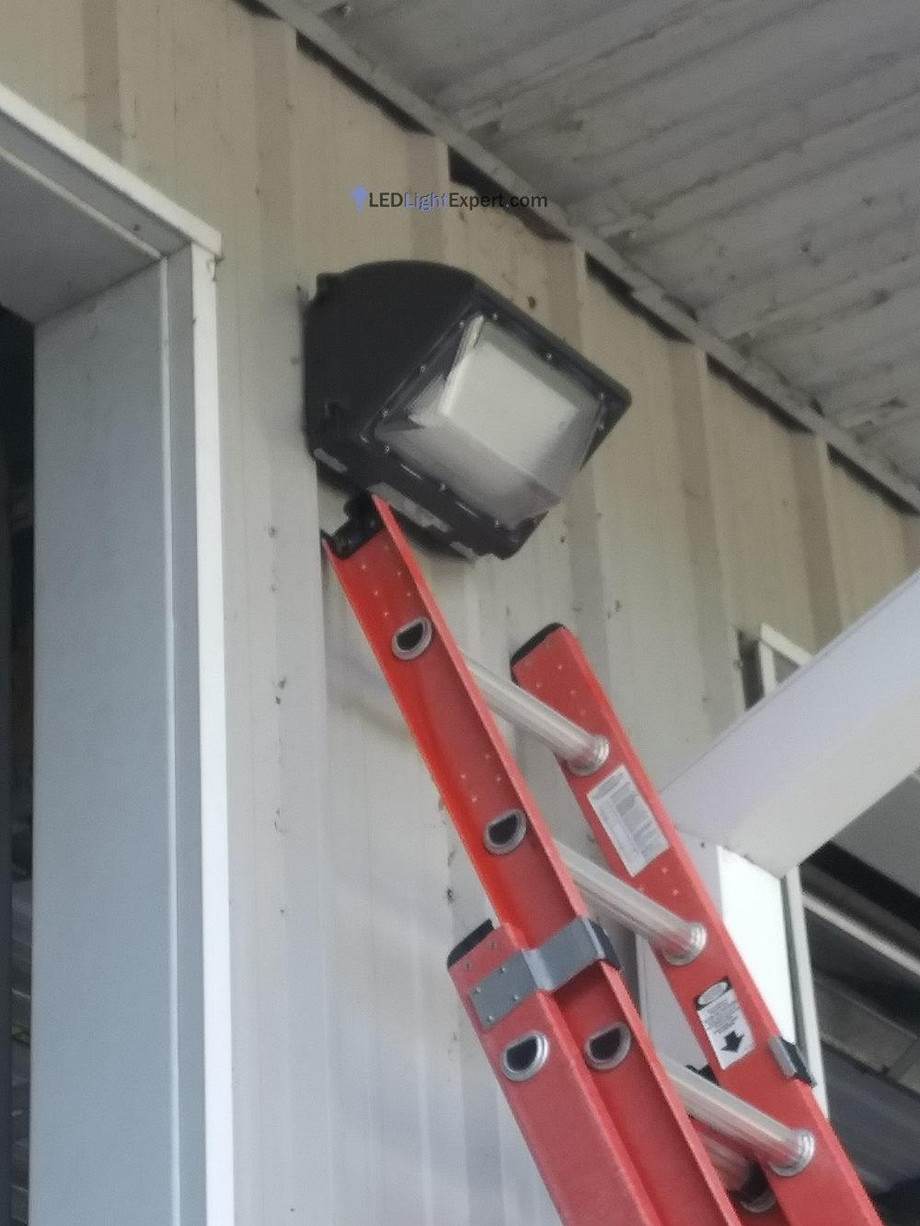The top seven reasons why you should switch to LED lighting!
LEDs have revolutionized the traditional lighting market for a plethora of purposes, the most important of which being their longer lifespans, reduced consumption of energy, and reduced maintenance cost. As the cost of lamps and fixtures continues to plummet, an increasing number of facility managers are thinking of replacing existing lighting systems with LEDs, owing to the numerous advantages they provide over conventional systems. These lights not only help you save money in the long run but also provide a positive and eye-pleasing illumination. That’s not all, take a look below, to further understand how switching to led light can be a beneficial option for you.
Efficient energy utilization!
The best-LED lights use relatively less electricity than conventional incandescent, fluorescent, and halogen choices, leading to significant energy cost reductions, particularly in areas where lights are left on for lengthy periods of time. Unlike traditional bulbs, which emit light and heat in all directions, LEDs target light in a single direction because LEDs are mounted on a flat surface, they emit light hemispherically rather than spherically. These directional lighting capabilities save time and money by reducing wasted light and energy.
Lifetime extension!
LEDs industrial lights, unlike incandescent lighting, do not "burn out" or expire; rather, they dim with time. Depending on the lamp or fixture quality, LEDs can last anywhere from 30,000 to 50,000 hours or even longer. Incandescent bulbs last roughly 1,000 hours on average, while compact fluorescent bulbs endure 8,000 to 10,000 hours. Considering LEDs have a longer operating life, they can reduce labour expenses associated with bulb replacement in industrial and commercial applications, resulting in a reduced upkeep lighting system.
Operation at low temperatures!
LED lights, contrary to fluorescent lamps, enjoy the cold. Fluorescent lamps require more voltage to start at low temperatures, and their luminous flux (the apparent power or intensity of light) decreases. In contrast, LED performance improves as operational temperatures fall. As a result, LEDs are an excellent choice for refrigerated display cases, freezers, and cold storage areas, as well as outdoor applications such as parking lots, building perimeters, and signs. When an LED refrigerated case light was tested at -5°C, it had a 5 per cent higher efficiency (the efficiency of a light source in lumens per watt, like miles-per-gallon) than when it was tested at 25°C.
Longevity!
LEDs are breakage robust and resistant to vibrations and other impacts because they do not have filaments or glass enclosures. Conventional lighting is typically housed within a glass or quartz façade that is prone to harm. LEDs, on the other hand, rarely employ glass and are instead installed on a circuit and interconnected with soldering connections that can be damaged by serious influence, but no worse than mobile phones and other compact electrical gadgets.
Instant illumination!
Many fluorescent and HID bulbs do not offer full brightness as soon as they are turned on, with many taking three minutes or longer to attain maximum light output. LEDs, on the other hand, turn on at full brightness practically quickly and with no re-strike delay. This is useful after a power loss or when personnel enter a business early in the morning while it is still dark outside.
Better control!
Making commercial fluorescent lighting systems dimmable can cost more than a few dollars, whereas LEDs, as semiconductor devices, are intrinsically controllable. Most fluorescent lights can only reach about 30% of full brightness when dimmed, however, some LEDs can be muted below 10%. LEDs also provide continuous dimming, as opposed to stage process luminosity, in which the transition from 100% to 10% luminous flux is smooth and seamless, rather than stratified.
There are no UV emissions!
Only around 10% of the electricity used by incandescent bulbs is converted to visible light; the vast majority is turned to infrared (IR) or radiating heat. People and objects are both at risk of being burned by excessive heat and ultraviolet radiation (UV). LEDs don't produce much in the way of infrared or ultraviolet radiation. Significant breakthroughs in LED lighting technology have resulted in cheaper costs and increased LED reliability, with additional improvements on the way. Although it's easy to assume that LEDs are the best choice for all industrial applications to their renewable energy, LEDs should be chosen based on several considerations, including light quality and dispersion, and estimated longevity.
Led Light Expert has been delivering high-quality products to individuals for a long time and can easily provide you with the best-LED tennis court lights that are long-lasting and help you save money. Don't just employ the traditional means of lighting your surroundings; instead, switch to LED lights right now.
Source of URL:-https://ledlightexpertcom.wordpress.com/2021/12/16/the-top-seven-reasons-why-you-should-switch-to-led-lighting/
Follow Us:-facebook
For More Info:-San Diego Led Lighting

Comments
Post a Comment